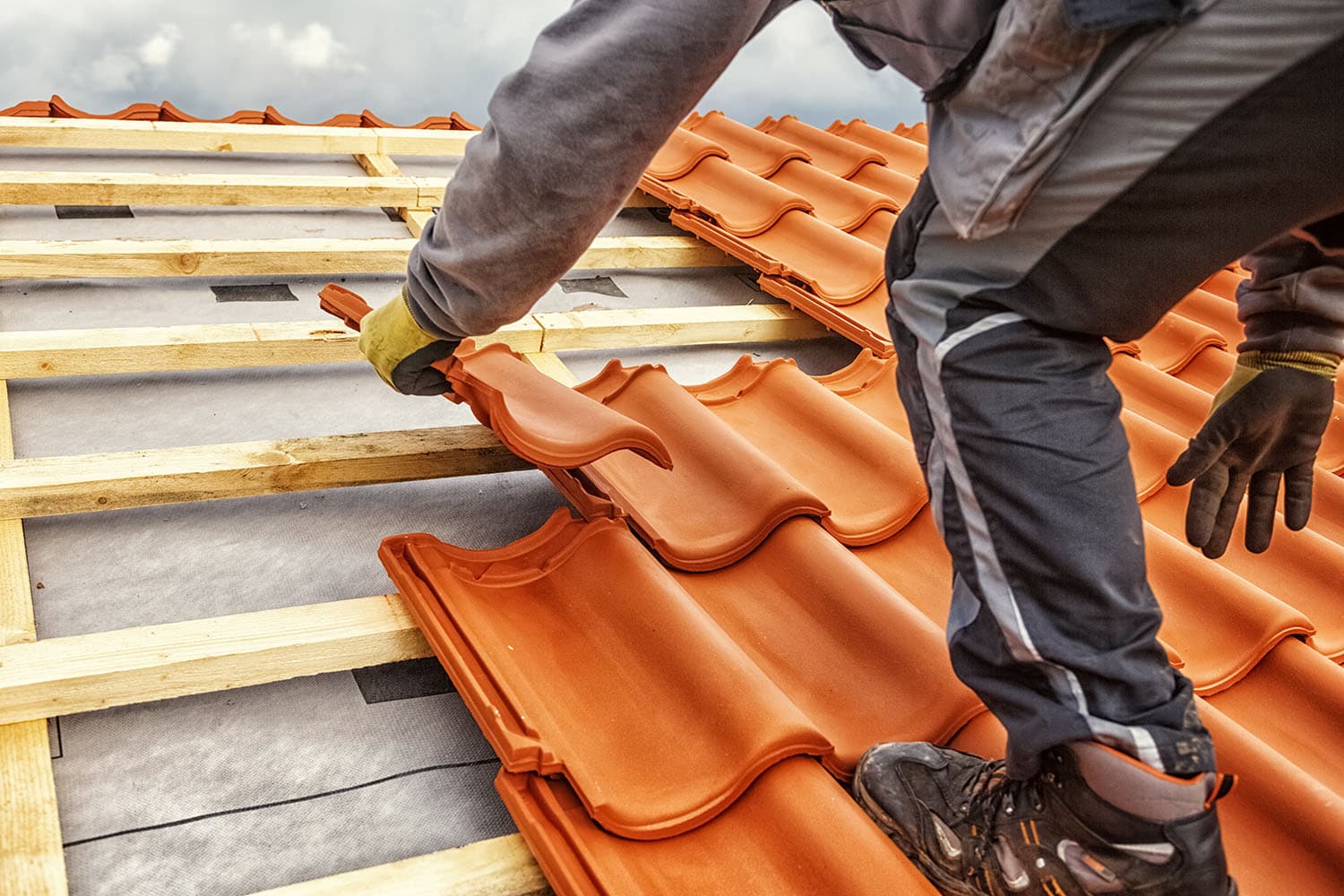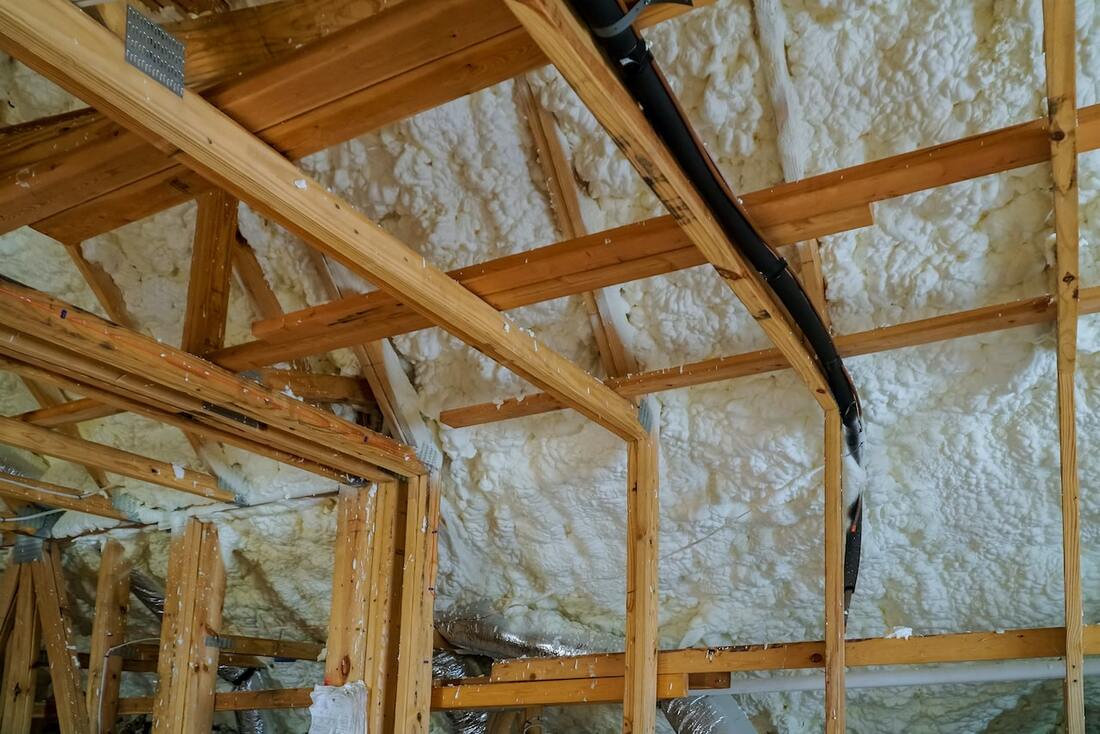Timber is merely the most delicate stuff from an economic point of perspective that you can use to build. If you borrow some moment to assess the effects of wood versus those of other construction products, you will see that there is an incredibly persuasive justification. These justifications refer to constructing with wood at all times. With a lot of suppliers nowadays, for sure, you will be able to find a reliable source for your construction needs – refer to timber supplier in Victoria for best high-quality timber! Below is a run-through of the top benefits of using wood for construction.
Timber Benefits When Used In Construction
It is renewable, natural, recyclable. Timber is one of the few natural and sustainable building products. The cyclical method engaged in timber forest harvesting and regeneration guarantees that wood remains accessible. Up to half, forests are re-established in its location each moment a tree is collected; the sustainable process starts again. Because timber is a natural resource, it is not toxic and secure to manage and contact; it also overgrows and does not crack down into harmful content for the environment.
Carbon Positive. Timber is a beneficial greenhouse material with a reduced direct effect on the environment than most other construction products, such as emission-intensive metal, aluminium or cement. It is one of the only construction products contributing to carbon emission decrease in the lengthy run: handling climate change favourably.

The low output of energy. The timber production method utilizes significantly less fossil fuel energy per unit quantity than metal, cement or aluminium: minimizing the number of pollutants produced during the technique. It implies that building with one cubic meter of wood can save up to 0.75 to 1 ton of CO2 emissions instead of other building products such as cement, blocks or rocks.
Fire Performance. A charcoal coating will get created on the timber surface during a burning case, and this coating will add to the material’s fire resistance. The charcoal coating isolates the timber’s inner core and slows the heat absorption. Hence, maintaining the temperature small in the unburned fabric and allowing the wood to bear its burden much longer than steel. The defensive charcoal cover produced during a burn will also decrease the timber’s general level of combustion. This innate method of self-defence improves the likelihood of surviving a burn by a timber framework while preserving its power and stabilization.
Natural Timber Insulation is, of course, an insulating fabric that generates an obstacle between heat and humidity. The mystery within the cellular structure of timber products can get discovered in the many water spaces. It means that lightweight timber is a stronger insulator as thermal conductivity rises with density. Building design with a concentrate on energy efficiency through thin wood can lead significantly to maximizing convenience and minimizing the use of non-renewable energy. Furthermore, timber-framed structures can enable additional insulation materials to get positioned in rooms between framing employees without raising the density of the wall, ceiling, roof or floor.
Sustainability. It’s a renewable resource as timber regenerates. This renewal process is completely sustainable as it can proceed without an impact on the planet’s energy forever. Because the vast bulk of wood collected for construction reasons comes from plantations and controlled trees, the atmosphere gets a direct advantage from the use of timber to construct as the amount of estates grows. Compared to any other construction product, wood is the best choice for the environment.















